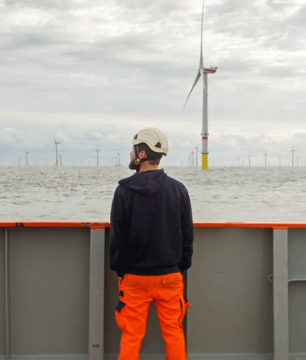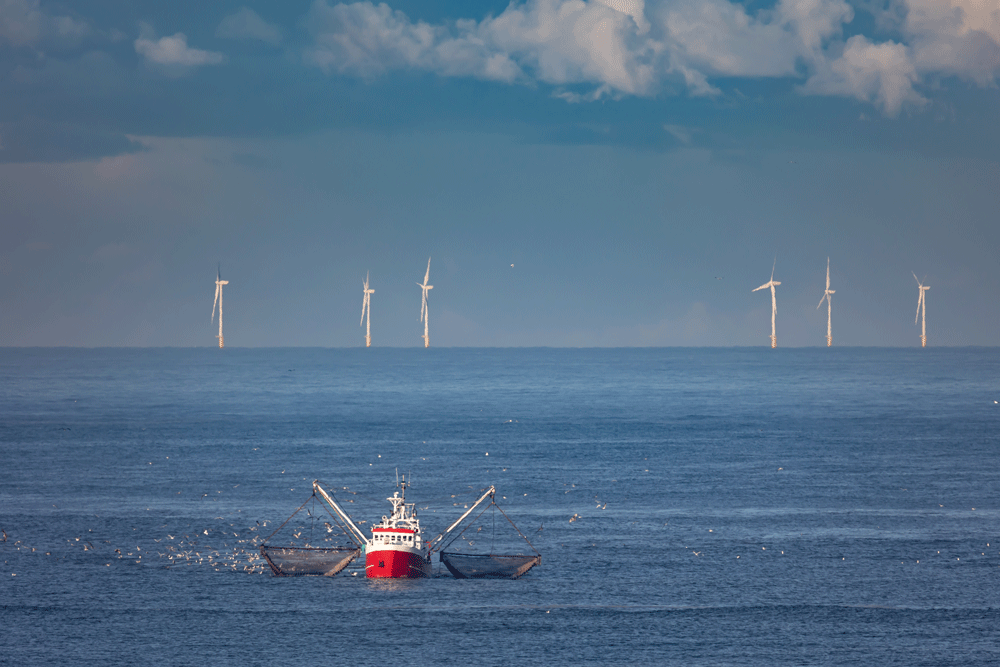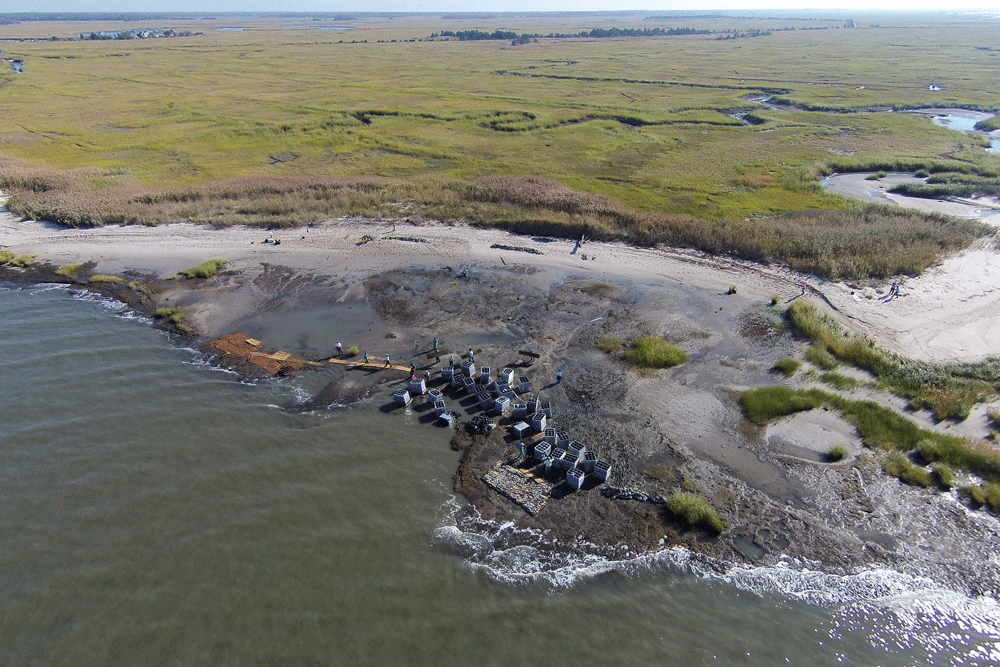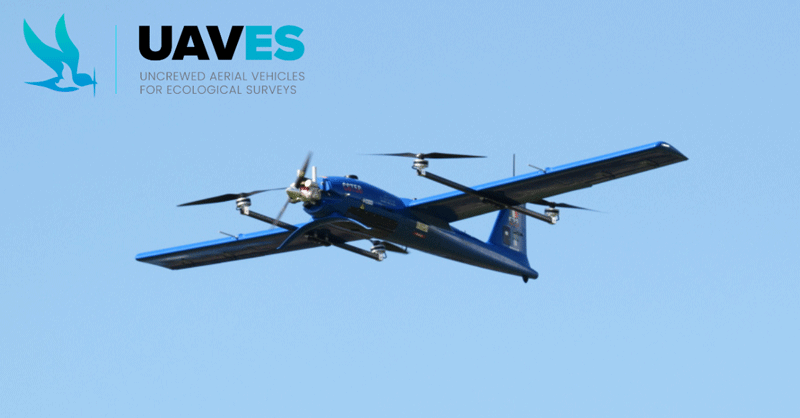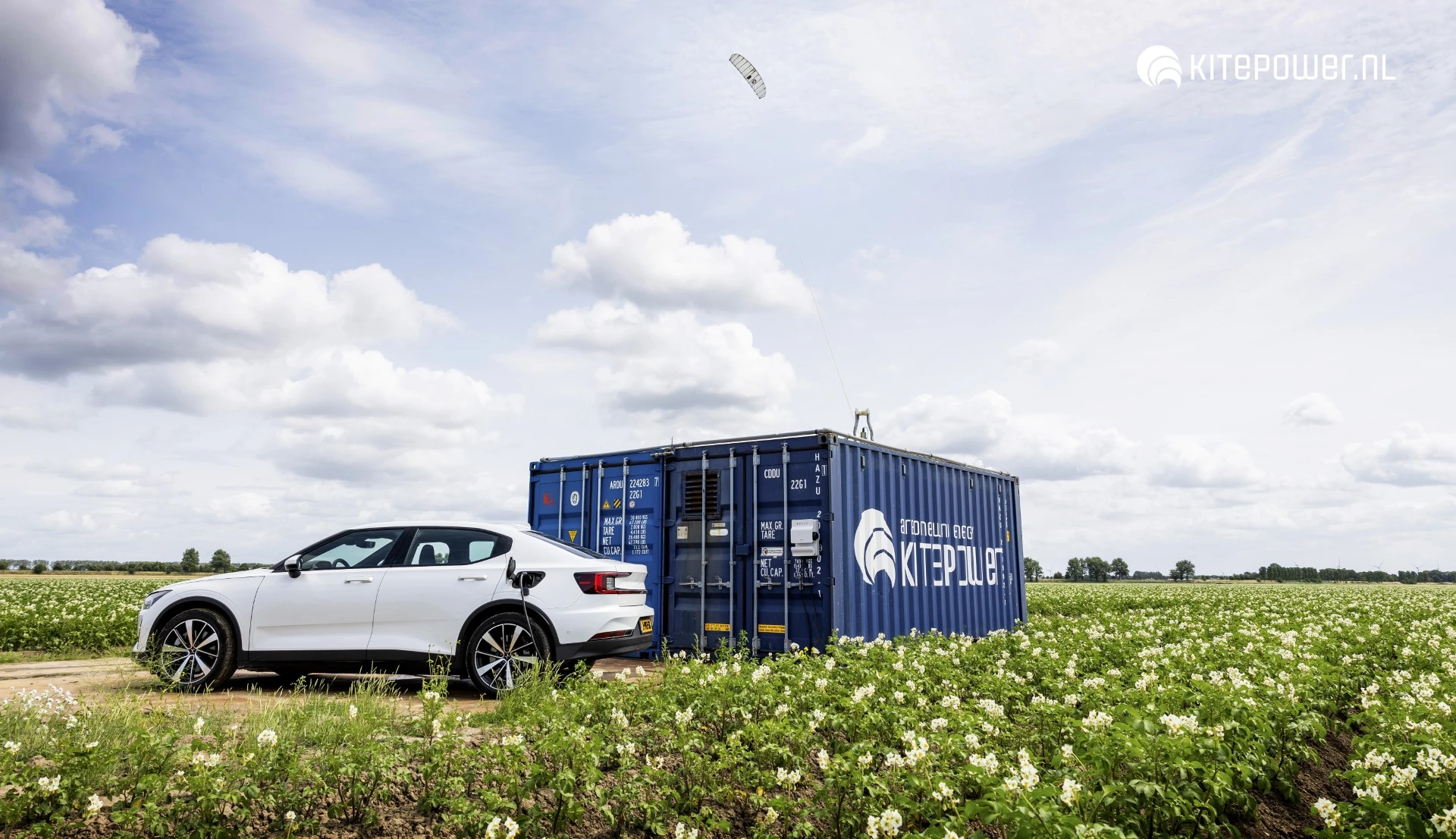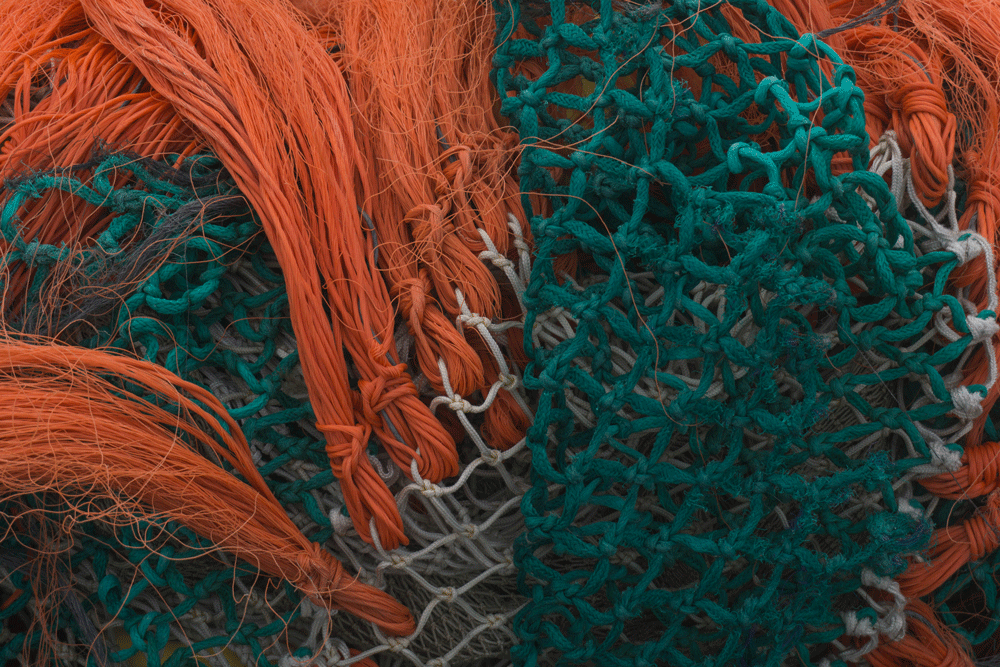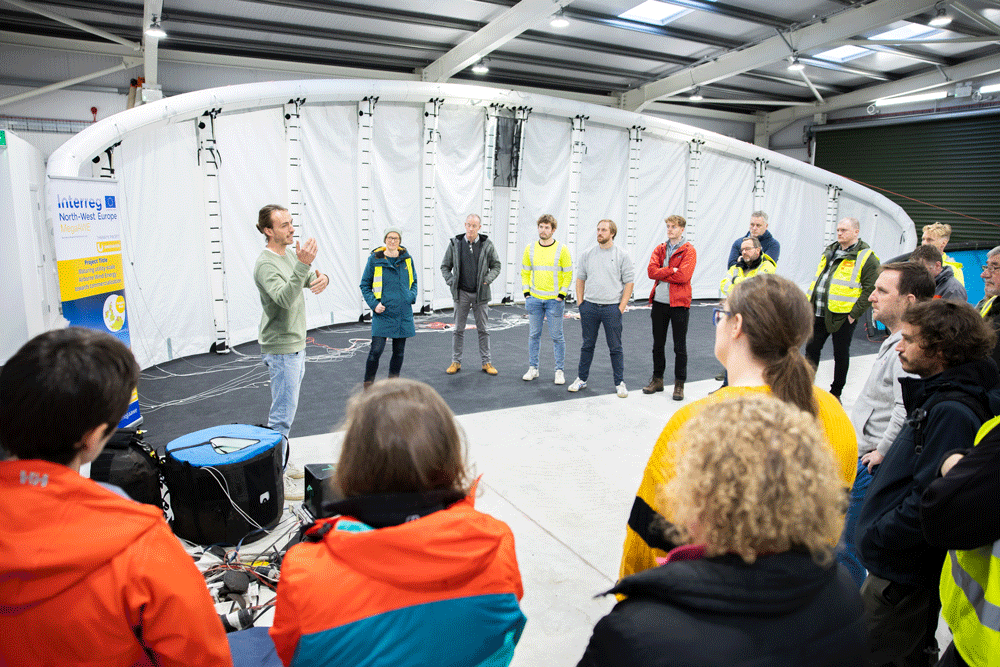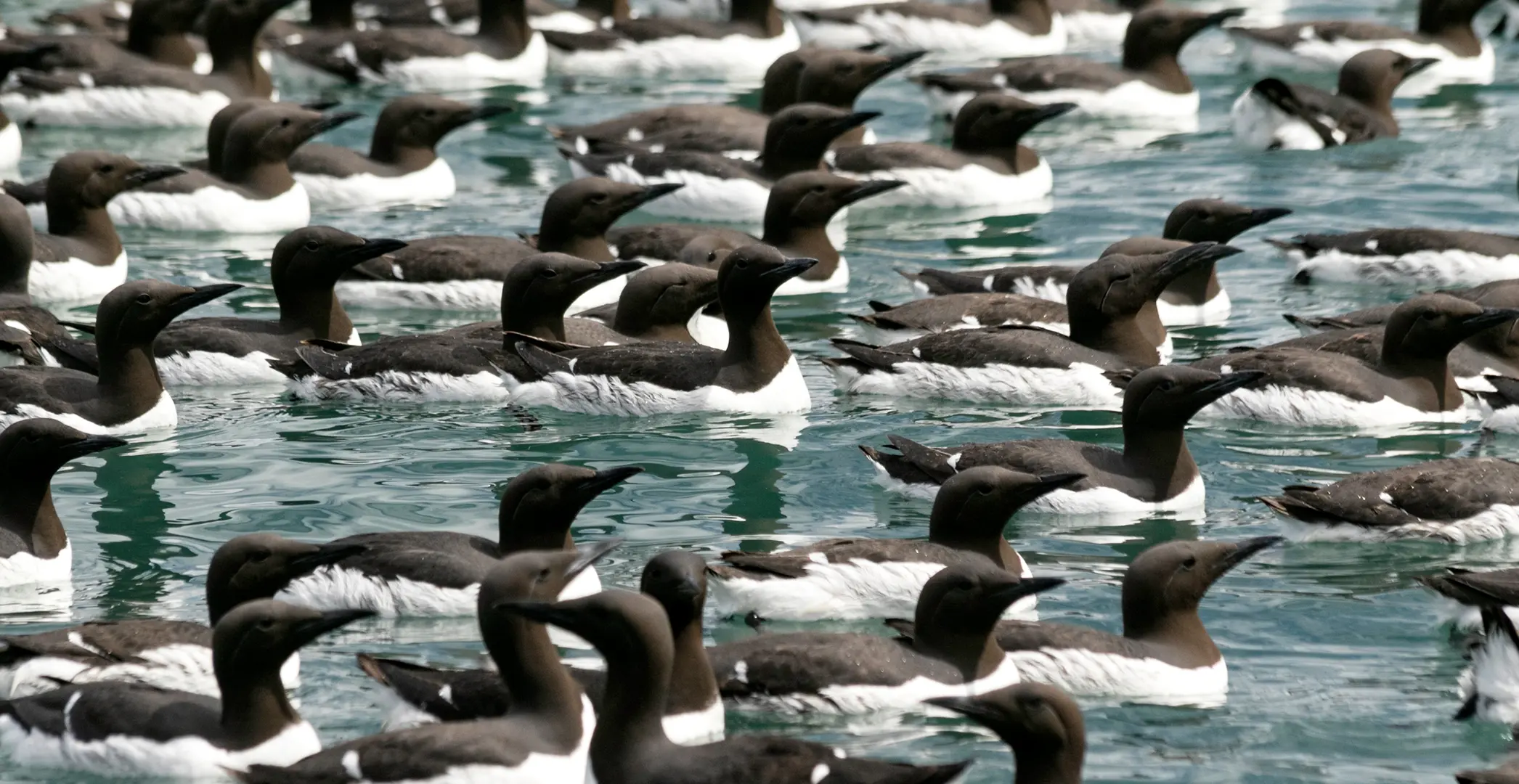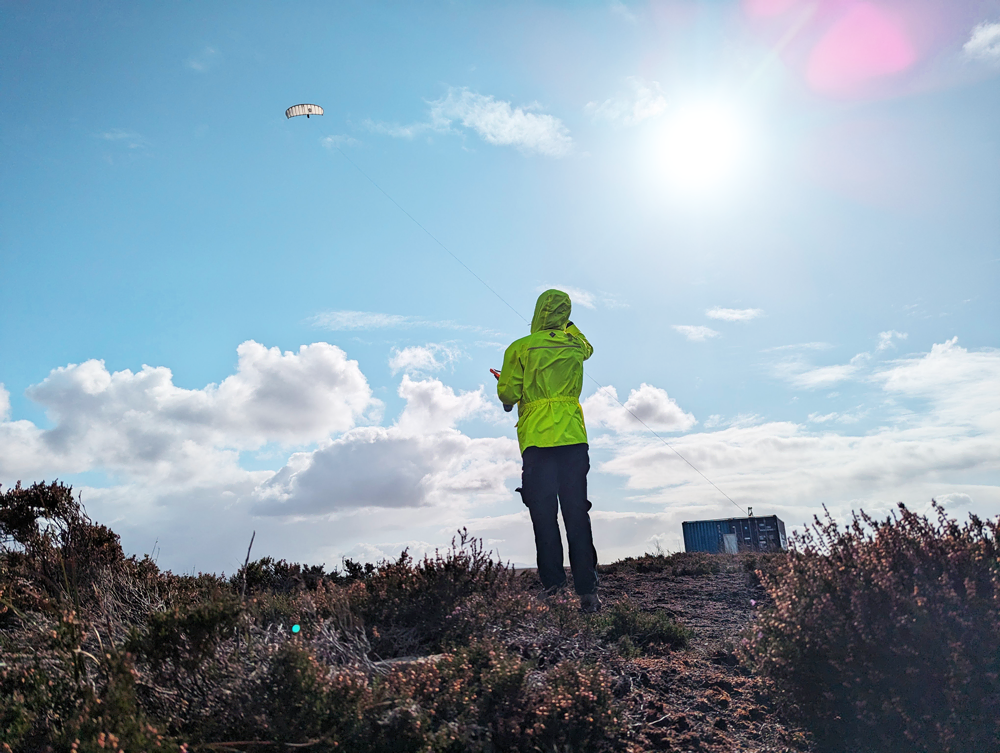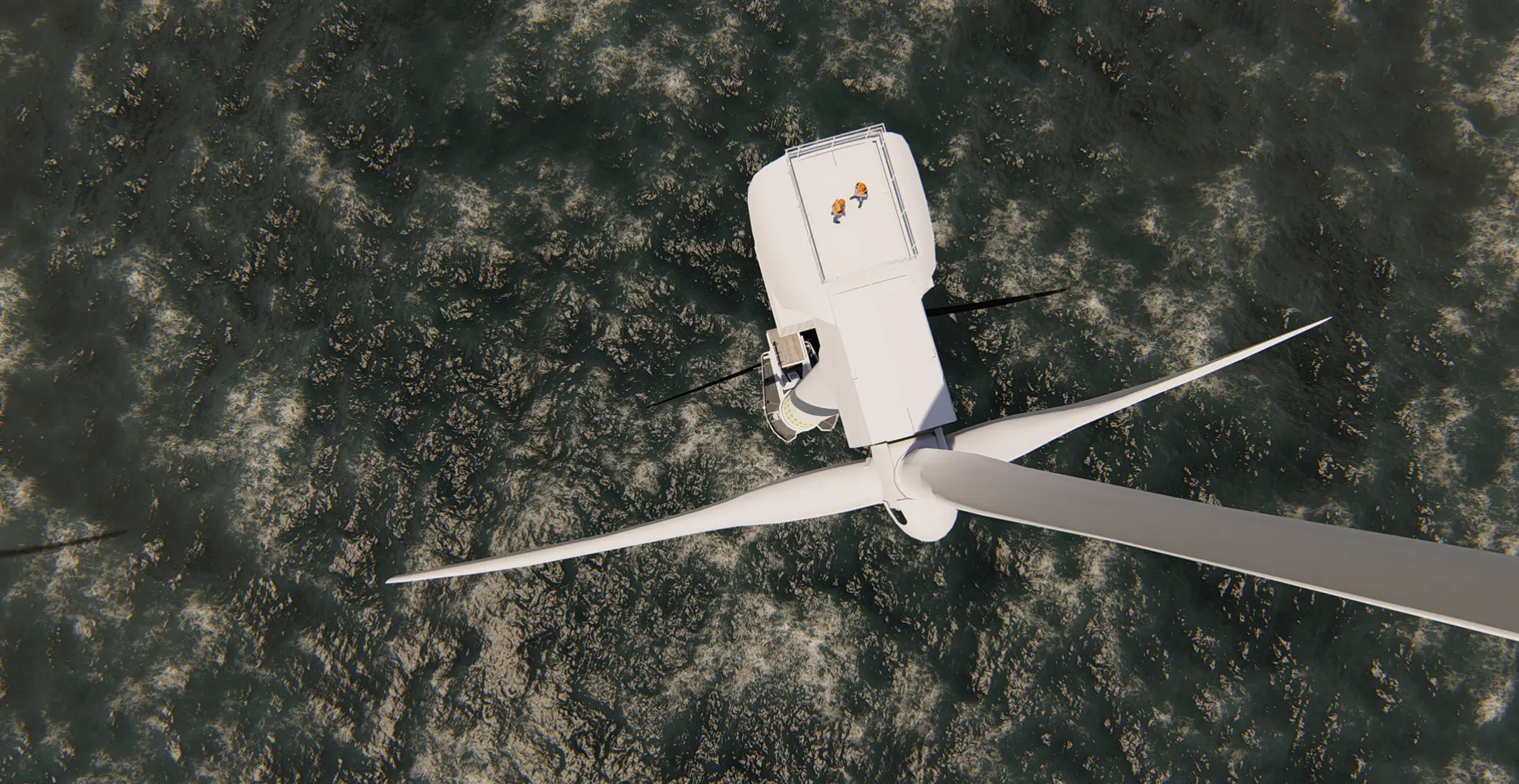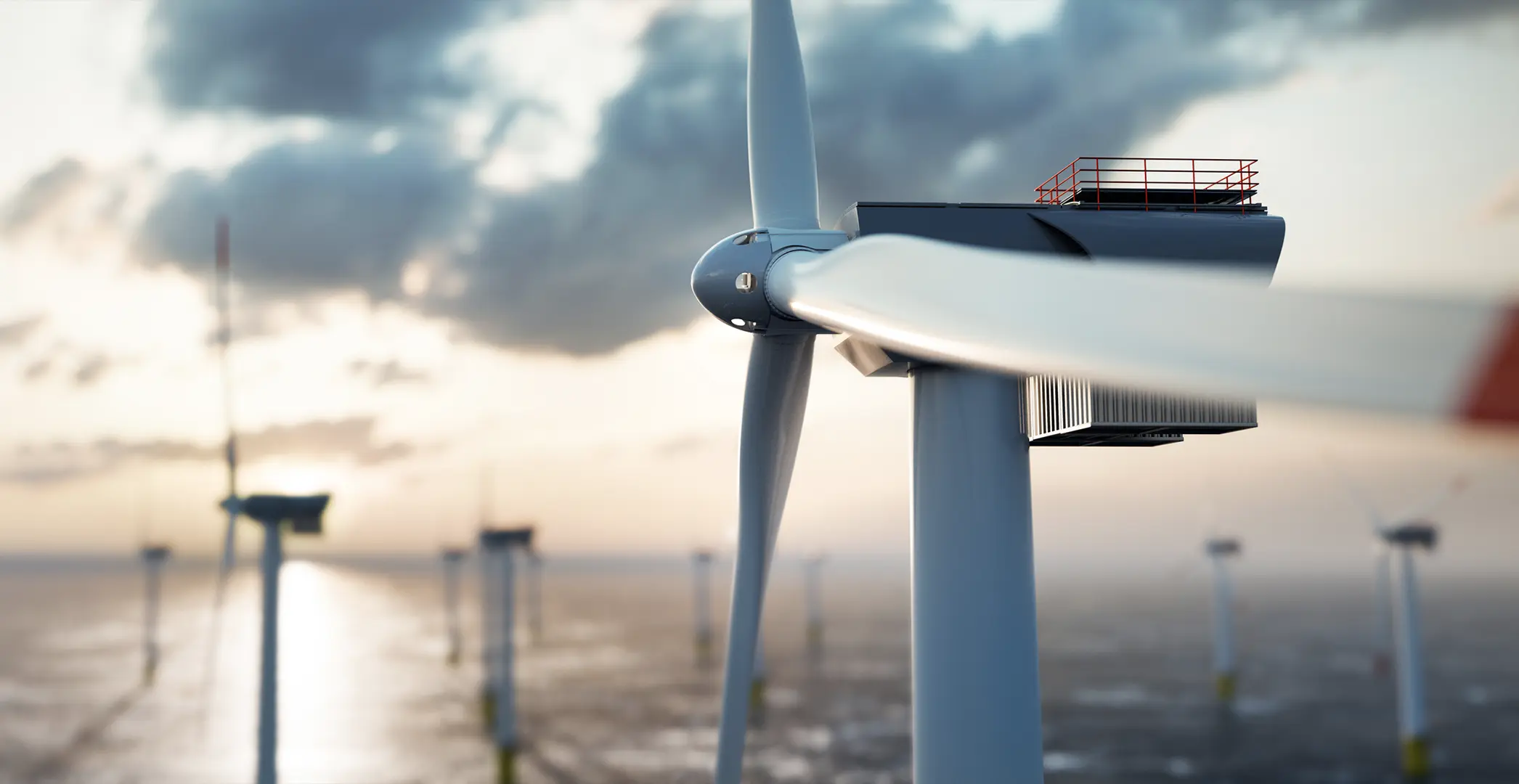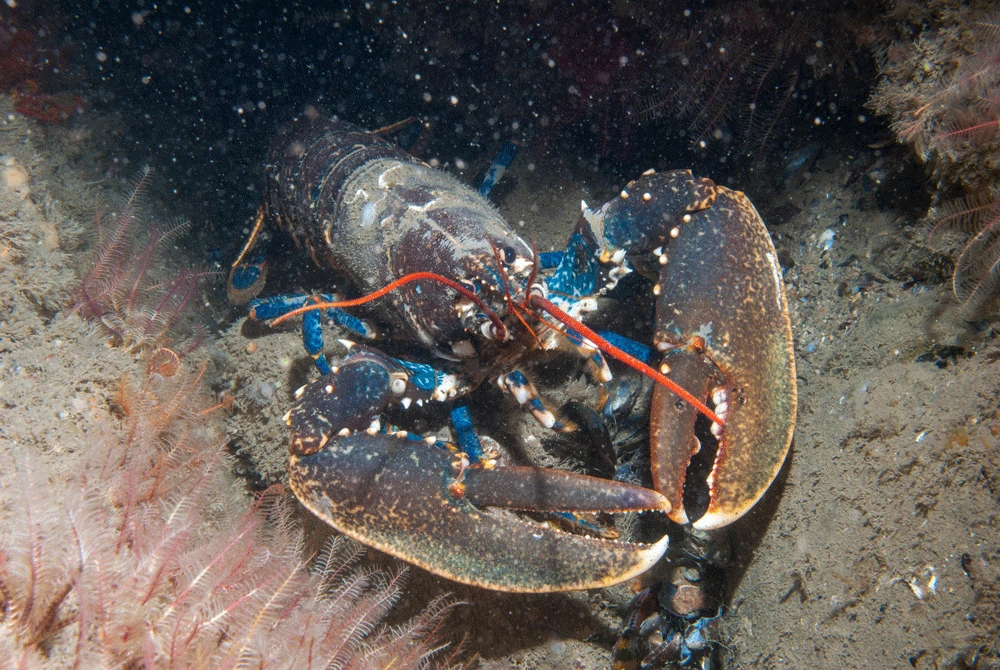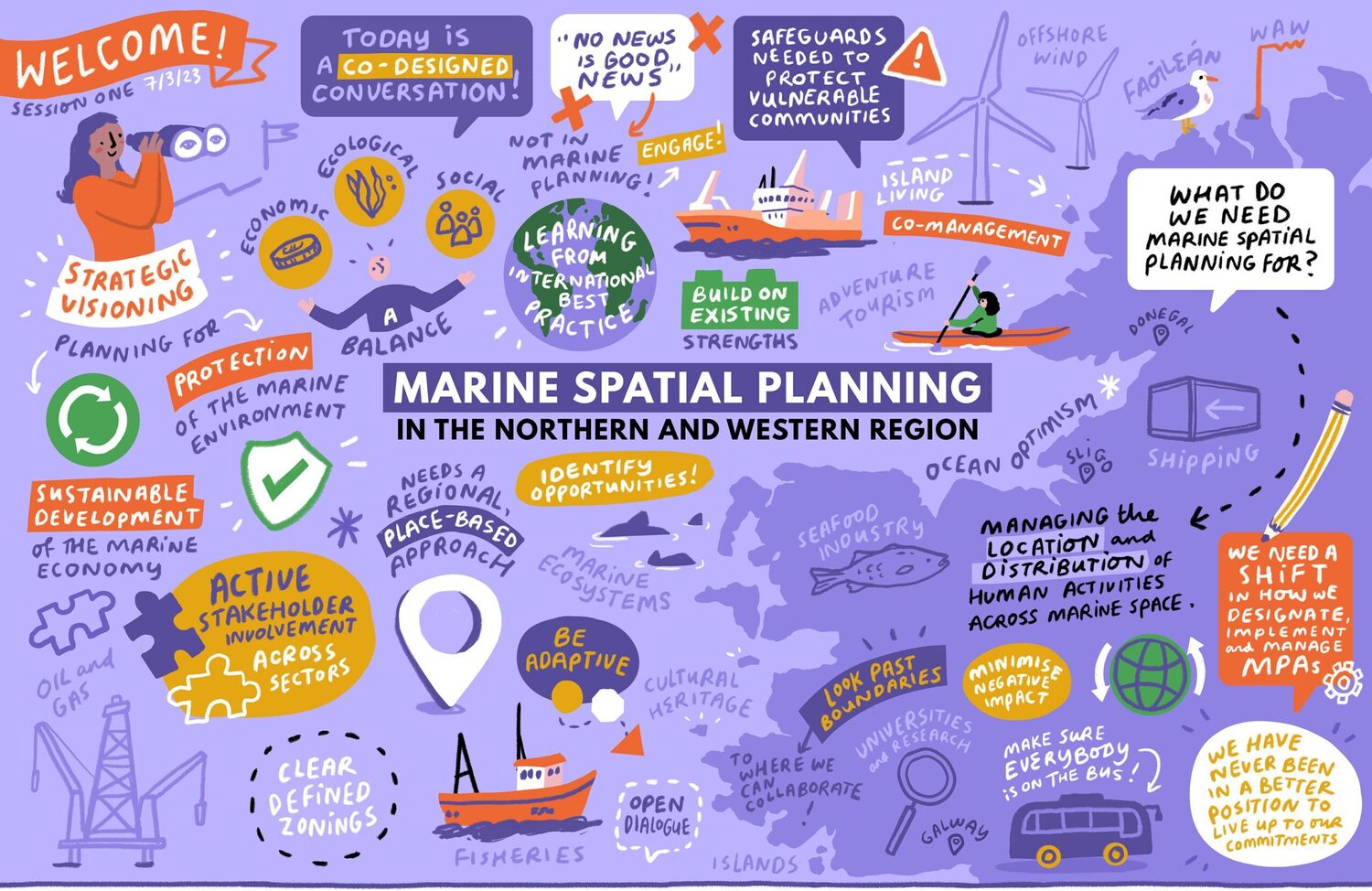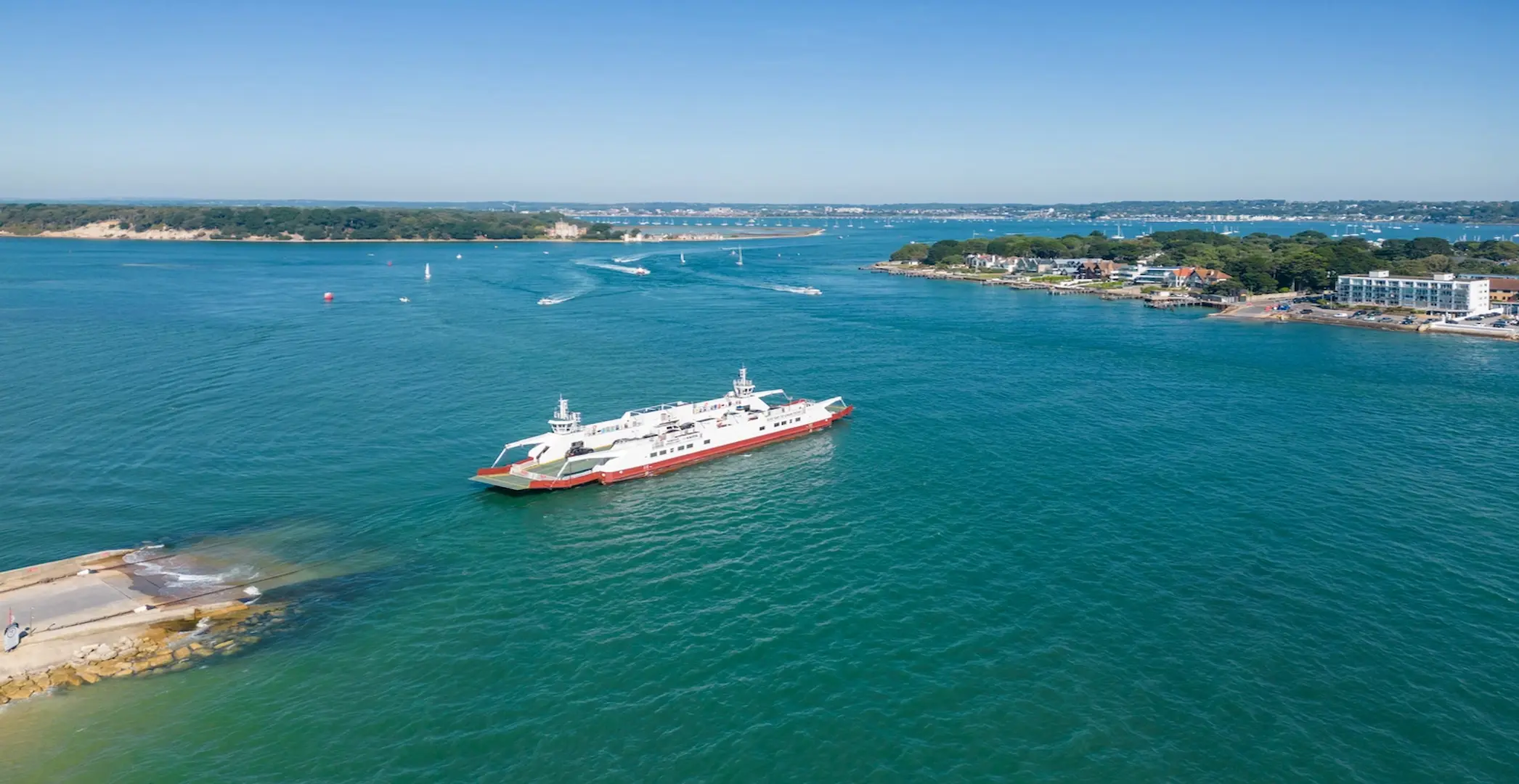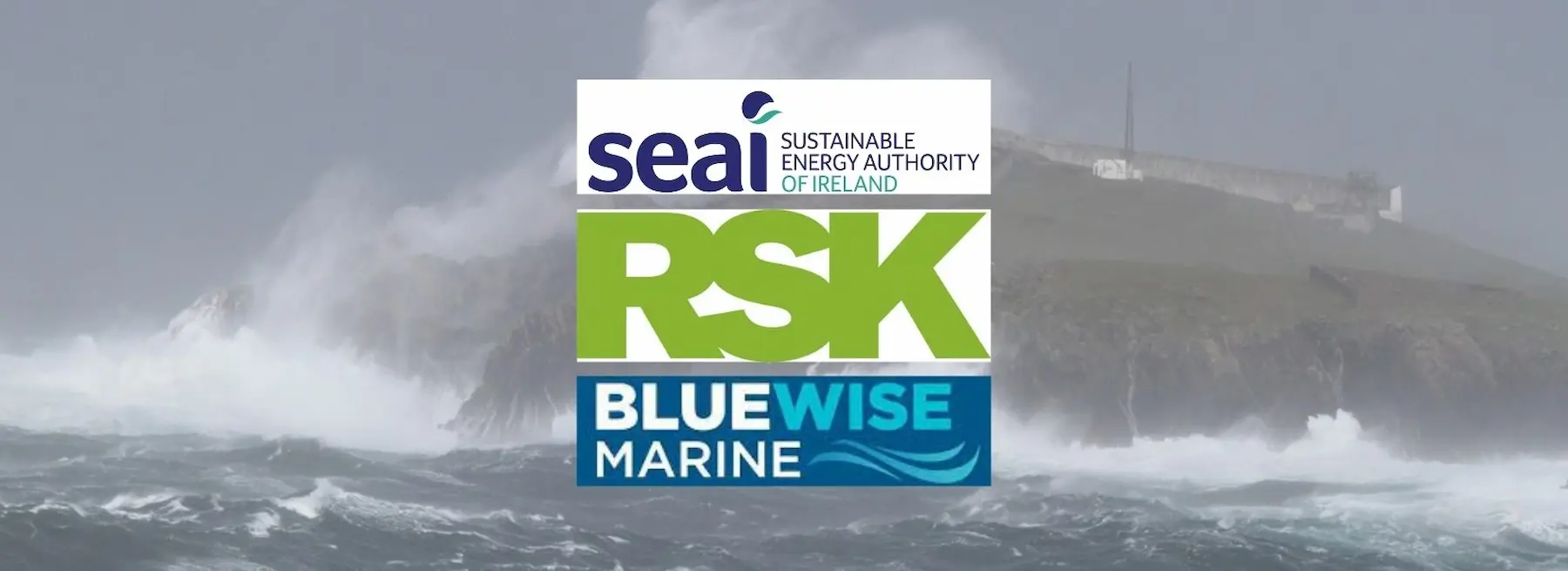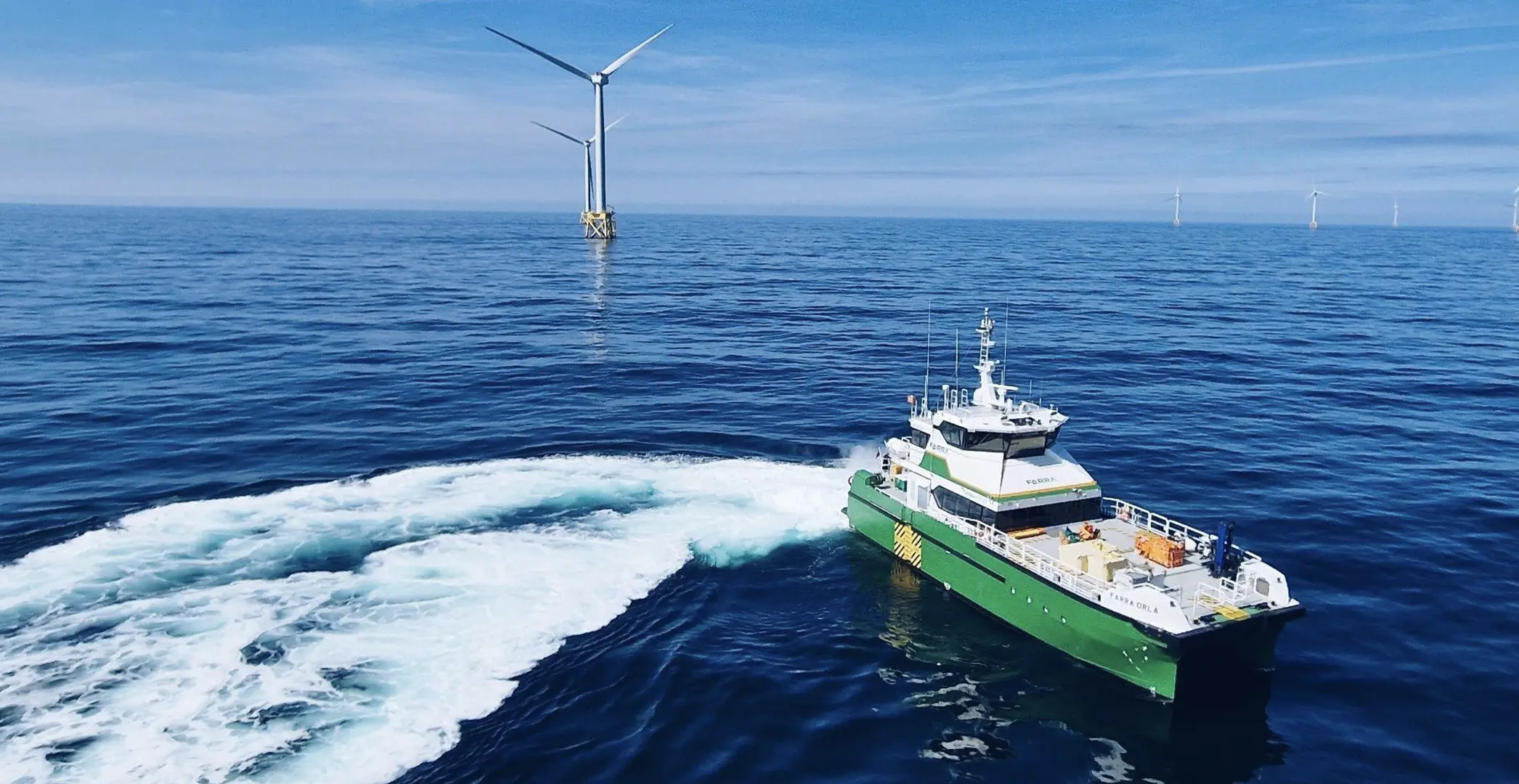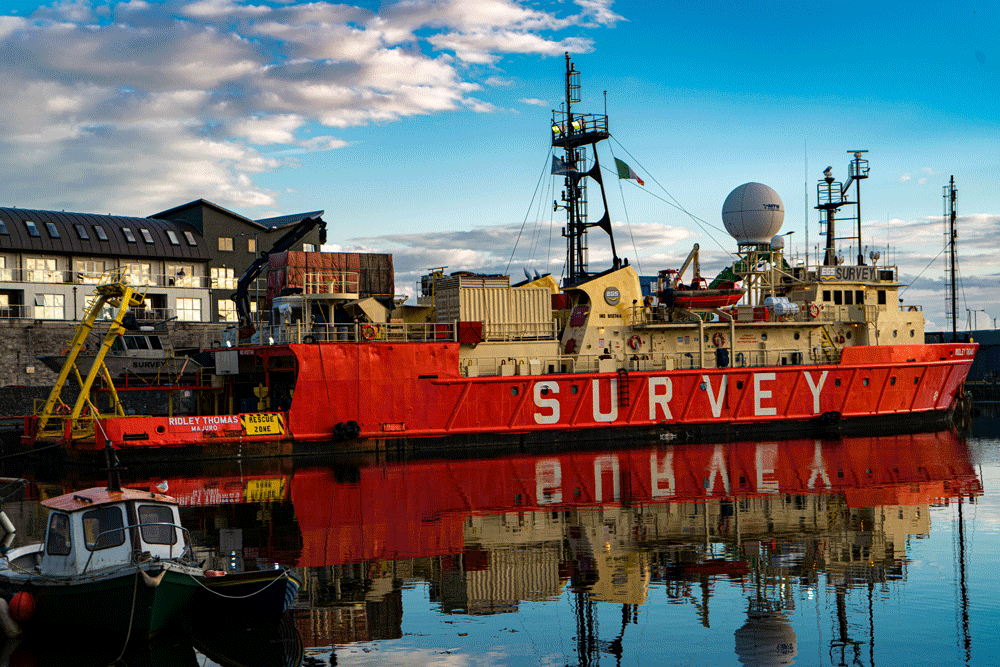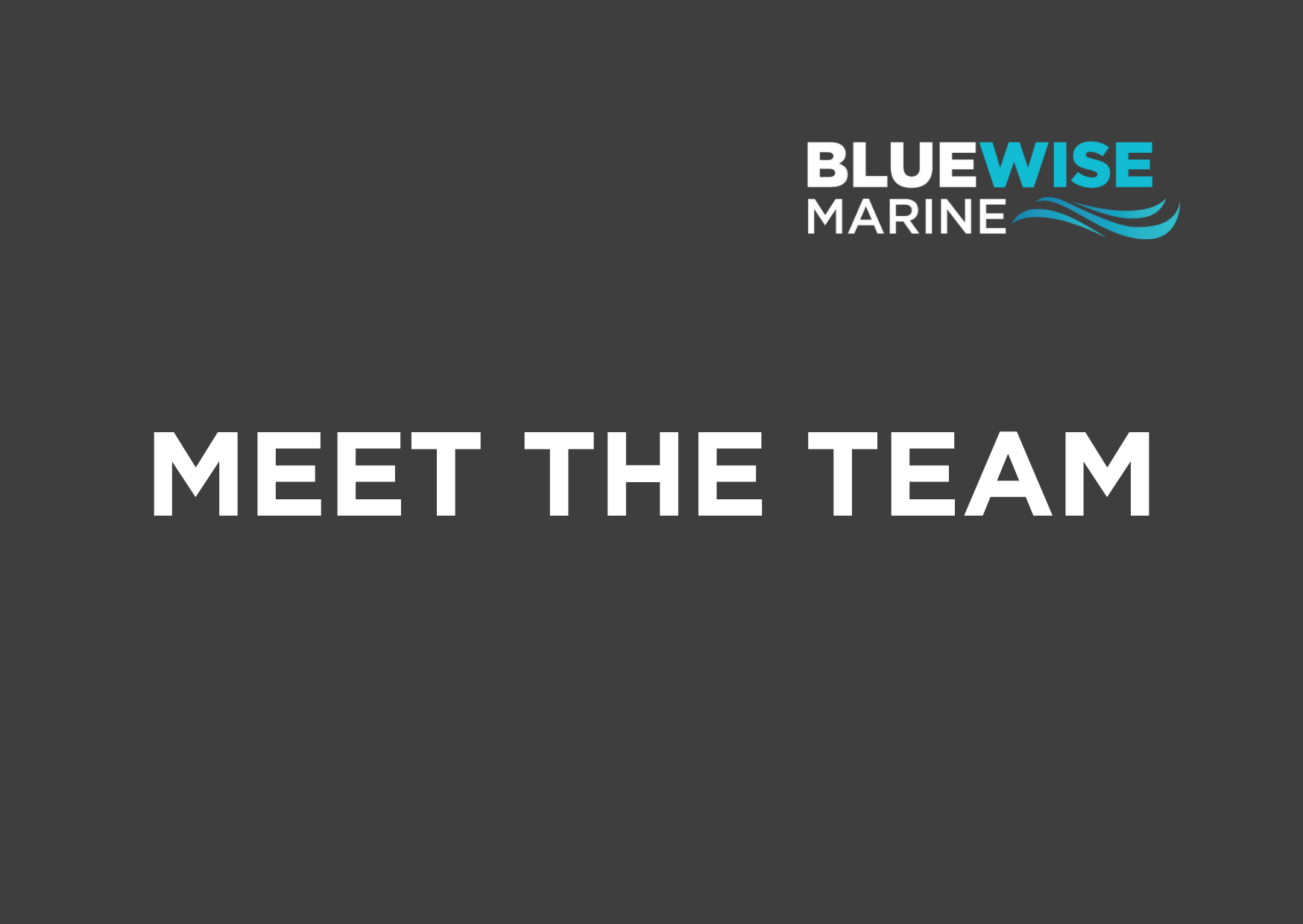5 HSEQ tips for offshore wind development
We asked BlueWise Marine’s HSEQ experts to share their top safety tips for developing and operating offshore wind projects. Here are their insights on establishing safe operations and setting your project up for success in this high-risk environment.

When it comes to working in the high-risk environment of offshore wind energy operations, robust safety management is essential. Unfortunately, operating at sea can result in accidents which can damage the environment, lead to serious injuries or in the most extreme cases to loss of life. This is where a strong Health, Safety, Environment and Quality (HSEQ) management system comes into play.
A well-implemented HSEQ management system is crucial for project success. Accidents can have far-reaching consequences, tarnishing reputations, and leading to hefty financial penalties and legal actions. Investing in HSEQ isn’t just about meeting requirements – it’s about ensuring safe, sustainable, efficient and successful operations.
1. Cultivate the culture of care
HSEQ systems often have layers upon layers of paperwork and procedures, and ultimately, people can get overwhelmed and stop paying attention to the safety critical elements. Unfortunately, this is when accidents tend to happen. Even the best-established procedures won’t ensure safety without a culture where team members continuously look out for one another. Cultures do not change overnight, but establishing open communications, building trust and ensuring that people do not fear speaking up is a strong starting point. All team members should be encouraged and empowered to stop any operation if they think it may be unsafe. Proactive integrated safety cultures focus on relationships and empowerment rather than on rules and enforced compliance. Authentic leaders engage with their people, building a culture of psychological safety and trust.
2. Early engagement between project partners
Marine operations on an offshore wind project typically involve three key actors: the vessel (master and management company), chartering party or the contractor, and the client (an offshore wind developer). Establishing clear lines of communication and information sharing procedures between these key actors requires collaborative engagement and authentic leadership. It’s essential to develop clear lines of communication and to make sure that all parties clearly understand each other’s roles, and where necessary, bridging documents may be required to ensure that roles are clearly defined.
For example, vessels operating on an offshore wind project have established individual standard operating procedures (SOPs) and safety protocols. However, the vessel SOPs may not fit exactly with the required scope of work. So, the contractor must work with the vessel to iron out the potential operational issues in advance of mobilisation. Both contractors and developers need to be familiar with these standard operation procedures when they engage a certain vessel on a project.
Additionally, charters must fully understand the vessel’s capabilities and its suitability for the scope of work, as well as how communication between the bridge (the main control centre of a vessel), the contractor and the back deck crew operations will be handled during the project. Furthermore, early engagement and communications between all project partners will help to ensure that relevant HSEQ documentation and operational procedures have been reviewed and agreed before mobilisation.
3. Plan everything, including routine operations
Poor planning can lead to accidents, especially during SIMoPs and 24-hour operations both of which are common during the various stages (surveys, construction, O&M and decommissioning) of offshore wind projects. Contracting parties must ensure that handovers are performed at the end of each shift and that all relevant operational issues are addressed while maintaining a strong focus on HSEQ related activities and what actions need to be taken. While high-risk activities often receive a lot of attention and meticulous planning, routine operations are when lapses in concentration can occur, and it’s often the small details that can lead to incidents.
4. Anticipate change
Change happens. It is not uncommon that a vessel, item of plant or equipment, port details or other key elements of the project’s procedures and planned operations change for reasons outside of the project’s control. These last-minute changes can cause a knock-on effect for the entire project and may result in people cutting corners and making unsafe operational decisions. To mitigate these changes, it is vital to allocate time for appropriate management of change processes to adequately reassess the safety risks and implications of any alternative options. Considering offshore wind projects are usually large-scale and implemented over several years, changes to initial plans are inevitable, so ensuring there is enough time to carry out due diligence through effective change management is key.
5. Support the development of standardised HSEQ management
Offshore wind is a relatively young industry, particularly in Ireland, and although substantial progress is being made in HSEQ legislation and guidance for offshore renewable energy projects, National standards and guidance is still under development. Transferring knowledge from the oil and gas industry to offshore windfarm operations may not always be a solution. Additionally, the existing national guidance and legislation may have gaps in important areas. For example, a recent review of health and safety regulations in Ireland conducted by BlueWise Marine identified gaps in such crucial areas as aviation, maritime, and electrical health and safety.
Establishing a standardised and holistic approach to HSEQ for offshore renewable energy projects will help clarify roles and responsibilities for all parties involved, reducing conflicts, uncertainty, as well as the workload for subcontractors and smaller supply chain actors. This will increase safety for all. In other words, standardised HSEQ management will enhance the overall performance of the entire industry.
Robust HSEQ management is critical for the success of offshore wind projects. Meticulous planning, early engagement between all parties, and the culture of care will not only help to minimise risks, but also enhance the performance and reputation of offshore wind projects.
Our team is committed to a safer, more sustainable future in offshore wind energy and can help you put these tips into practice. Get in touch and find out more about our work.
